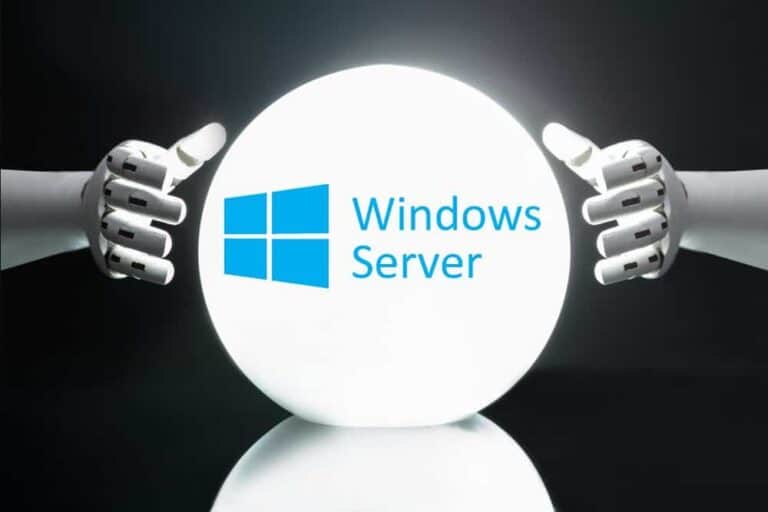Microsoft has announced that WINS (Windows Internet Name Service) will be removed from future versions of Windows Server. The feature will remain available in Windows Server 2025 until 2034, after which organizations will have to switch to DNS permanently.
According to Microsoft, DNS is the logical successor. The protocol complies with RFC 1034 and RFC 1035 and offers a distributed, hierarchical structure. WINS, on the other hand, works with a centralized replication model that scales less well.
DNSSEC protects against attacks such as spoofing and cache poisoning, security layers that WINS and NetBIOS lack. Modern applications and services, including Active Directory and cloud platforms, are built entirely on DNS.
Microsoft marked WINS as obsolete in its documentation years ago. The technology is now listed as a deprecated feature for Windows clients.
Ten years of preparation time for migration
Microsoft has opted for a phased approach. WINS has been officially declared obsolete since Windows Server 2022, but continues to be actively supported. The feature will be included for the last time in Windows Server 2025. Support will continue until November 2034, giving organizations almost a decade to migrate.
The Long-Term Servicing Channel releases occur every 2 to 3 years. This generous schedule gives IT teams time to identify dependencies at their own pace and switch to DNS.
After Windows Server 2025, the WINS Server role, the Microsoft Management Console module, and all associated APIs will be permanently removed. Microsoft emphasizes that administrators should not count on availability in later releases.
Microsoft recommends taking inventory of all applications and services that use NetBIOS name resolution first. For the transition to DNS, organizations can choose from conditional forwarders, split-brain DNS configurations, or search suffix lists. The goal is to replace WINS functionality with scalable, modern DNS solutions.
According to Microsoft, temporary workarounds, such as static host files, are not an option. They do not scale and are unsustainable for production environments. The advice is to modernize or phase out legacy applications before support ends.
Tip: SQL Server 2025 available: improved security and performance
